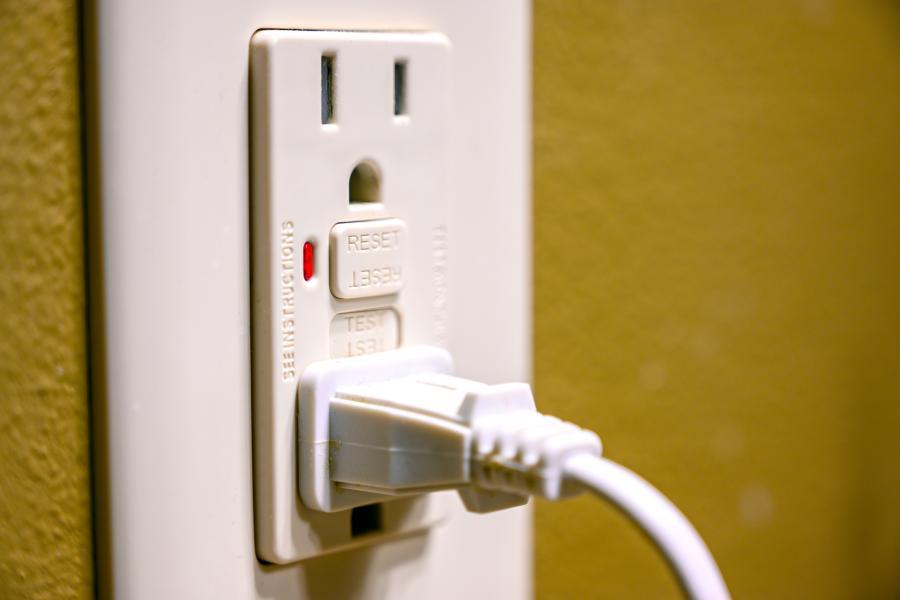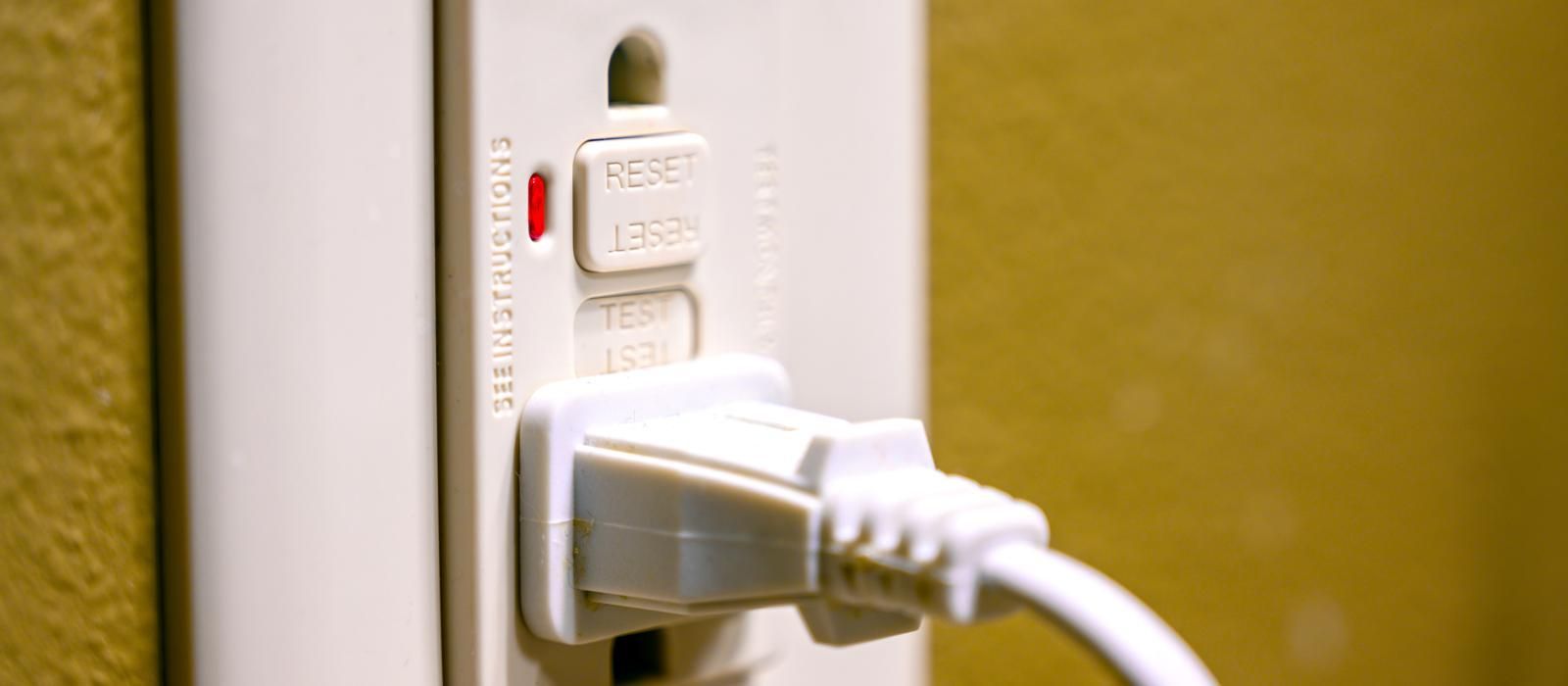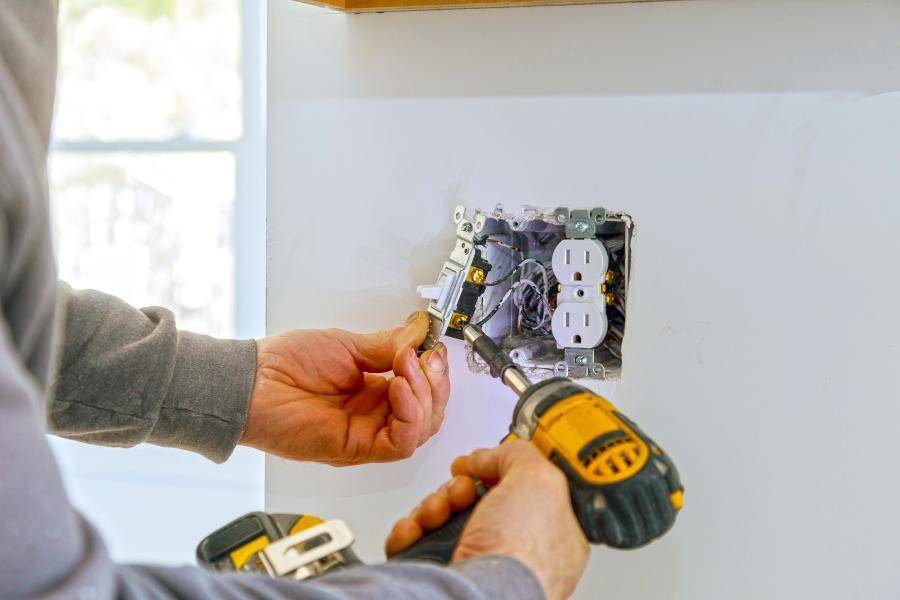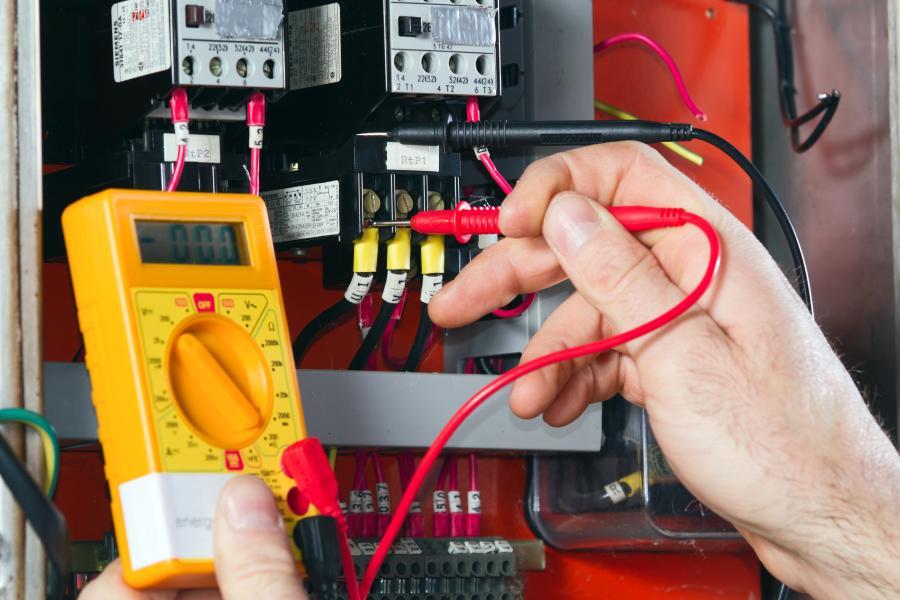
GFCI Receptacles and Breakers
When it comes to electrical safety, the GFCI (Ground Fault Circuit Interrupter) is one of the best inventions out there. Its main purpose? To protect you and your family from electrical shock.
A GFCI works by monitoring the flow of electricity in your home’s circuits. If it detects even a tiny difference in the current between the hot and neutral wires—like what happens if electricity flows through something it shouldn’t (like your body)—it shuts off the circuit instantly.
Here’s the thing: GFCI receptacles and breakers are extremely sensitive, and that’s what makes them so effective. Regular circuit breakers trip at 15 or 20 amps, but it takes far less than that to seriously hurt or even kill someone. In fact, just 100 milliamps (a tiny fraction of 1 amp) can be enough to be deadly.
We’ve been asked this question a lot: “Can less than one amp hurt or kill me?” The answer is absolutely yes—and that’s why having GFCI protection is so important.
Types of GFCI Protection
There are two types of GFCI devices you’ll find in homes and businesses:
-
GFCI Receptacles (the outlets themselves).
-
GFCI Breakers (installed in your electrical panel).
Both types work the same way—they detect even the slightest imbalance in electrical current and trip the circuit to eliminate the risk of shock. Not only can a GFCI save you from a dangerous shock, but it can literally save your life.
Where Do You Need GFCIs?
Knowing where GFCIs are required is key to keeping your home or business safe. That’s where John’s Electric can help! GFCIs are required in the following areas:
-
Kitchens (especially near countertops and sinks).
-
Bathrooms.
-
Garages.
-
All outdoor outlets.
There are specific rules for where and how GFCIs must be installed, and following these guidelines is crucial for ensuring your safety.
What to Keep in Mind About GFCIs
When it comes to GFCIs, here’s what matters most:
-
Testing and Certification: Make sure your GFCIs have been tested and certified by a UL-listed company.
-
Proper Installation: Were they installed correctly? Faulty installation can make them ineffective.
-
Placement: Are GFCIs installed where they’re required?
At the end of the day, there’s nothing more important than the safety of you and your loved ones.
Contact John’s Electric Today!
If you’re unsure whether your home has proper GFCI protection, or if you have questions about your outlets and circuits, give John’s Electric a call at (205) 426-0583 or use our online service request form. Our experts will inspect your home, ensure everything is up to code, and make sure your family is safe from electrical hazards.
Don’t take chances when it comes to your safety—call us today!



